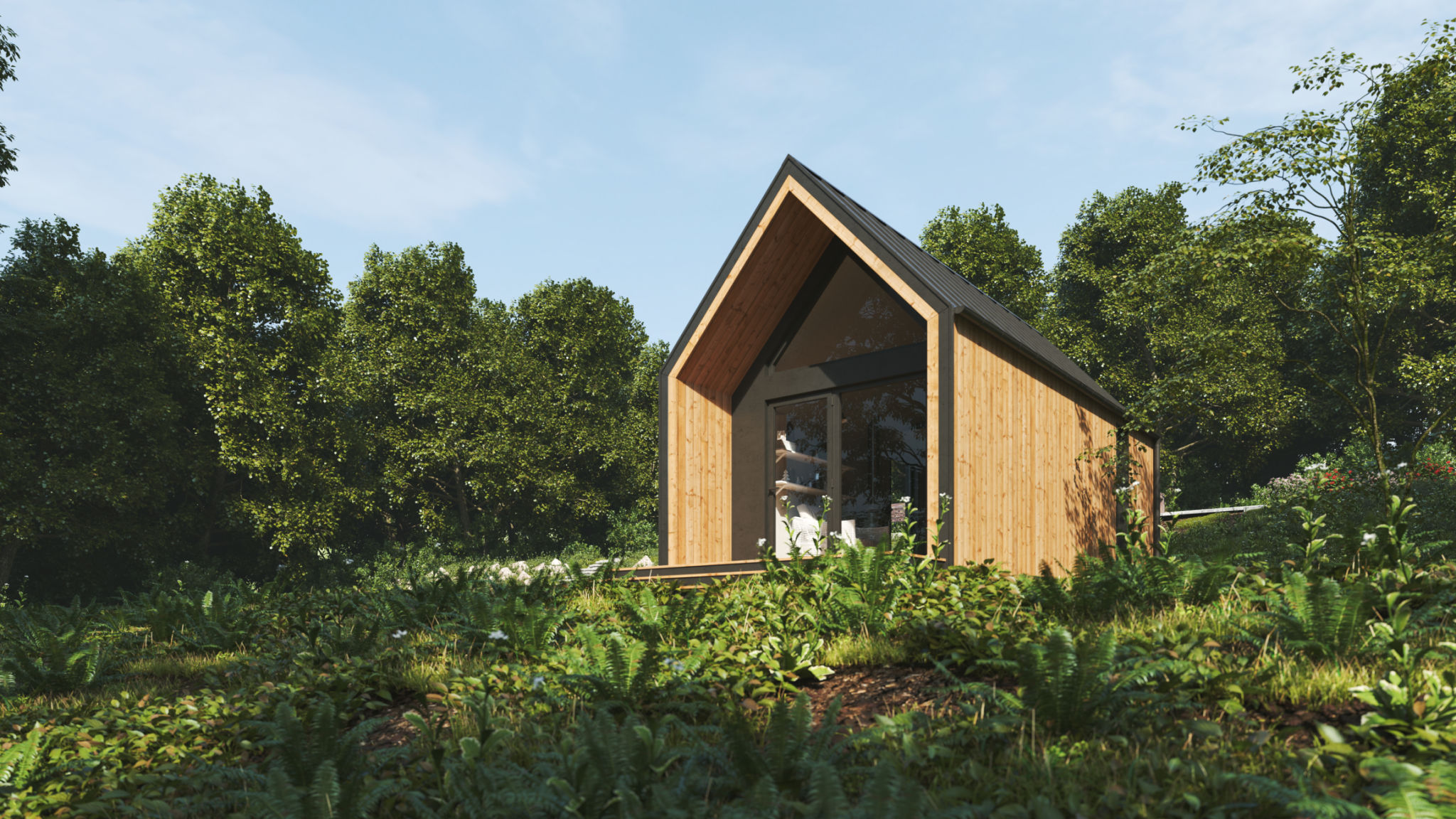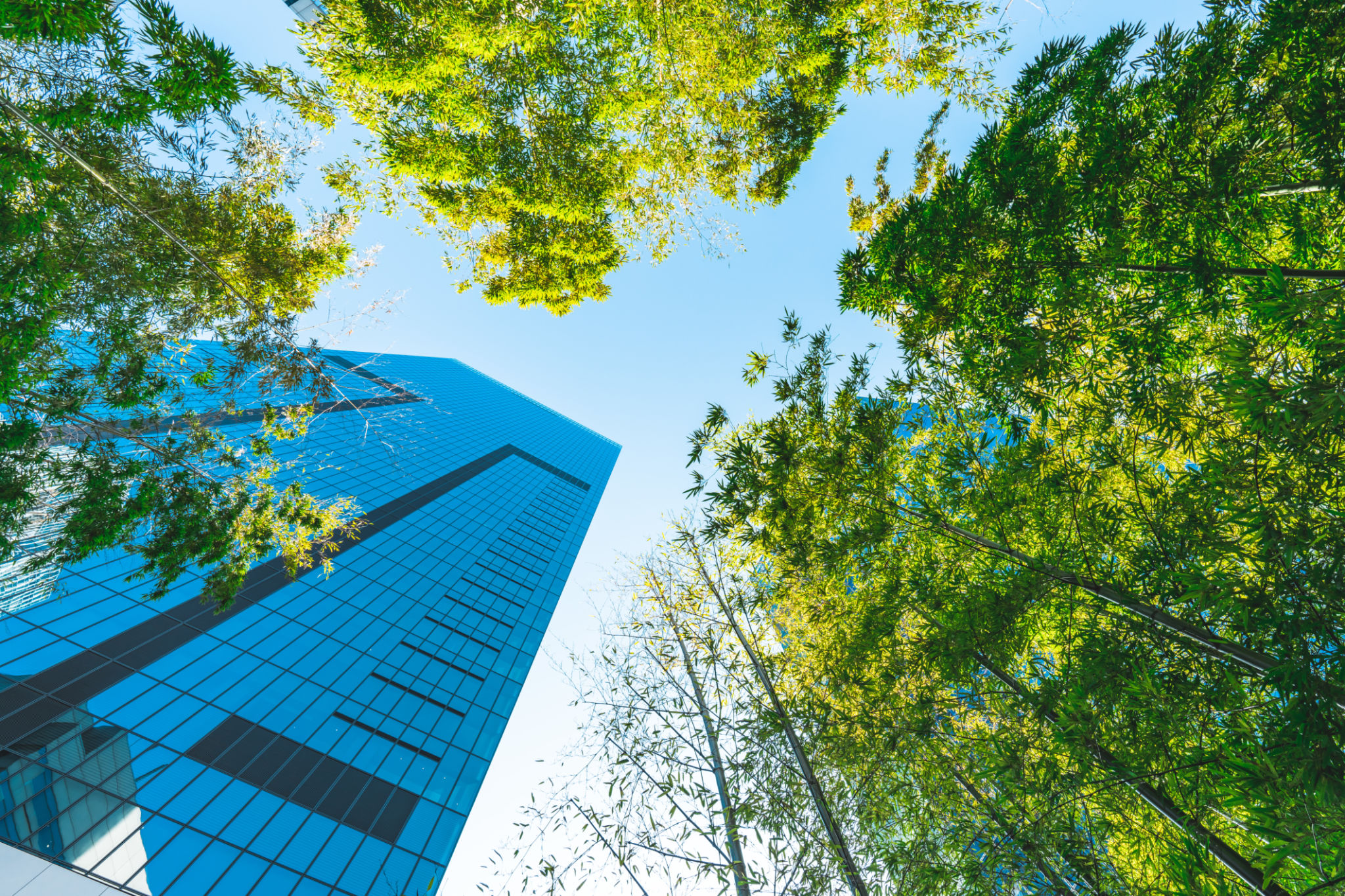Eco-Friendly Building Designs: A Guide for Florida Homeowners
Understanding Eco-Friendly Building Designs
As the world shifts towards sustainable living, eco-friendly building designs have become a key focus for homeowners. In Florida, where the climate poses unique challenges and opportunities, adopting green building practices is not just environmentally responsible but also economically beneficial. Understanding the principles of eco-friendly building designs can help homeowners create a more sustainable and energy-efficient living environment.
Eco-friendly building designs aim to reduce the environmental impact through energy efficiency, sustainable materials, and thoughtful design. These designs often incorporate renewable energy sources, water conservation strategies, and materials that minimize carbon footprints. By embracing these practices, Florida homeowners can contribute to a healthier planet while enjoying long-term cost savings.

The Benefits of Green Building Practices
Implementing eco-friendly building designs offers numerous benefits. Primarily, they lead to significant reductions in energy consumption. This is crucial in Florida, where air conditioning is a necessity for much of the year. By utilizing energy-efficient systems and materials, homeowners can lower their utility bills and reduce their reliance on non-renewable energy sources.
Moreover, eco-friendly homes often incorporate better indoor air quality through improved ventilation systems and non-toxic building materials. This can lead to healthier living conditions and reduce the risk of respiratory issues. Additionally, green homes typically have higher property values and can be more attractive to potential buyers.

Incorporating Sustainable Materials
Choosing the right materials is a cornerstone of eco-friendly building design. Sustainable materials are those that are renewable, recycled, or sourced from local producers. In Florida, using materials like bamboo, reclaimed wood, or recycled metal can greatly reduce the environmental impact of a building project.
Additionally, opting for materials with high durability and low maintenance requirements contributes to sustainability. These materials not only reduce the need for frequent replacements but also minimize waste over time. Homeowners should consider products like composite decking, which offers longevity and resistance to Florida’s humid climate.

Maximizing Energy Efficiency
Energy efficiency is a critical component of eco-friendly building designs. In Florida, utilizing solar panels is an effective way to harness abundant sunlight and generate clean energy. Solar panels can significantly cut electricity costs and may even provide surplus energy that can be sold back to the grid.
Other strategies include installing energy-efficient windows and using thermal insulation to maintain comfortable indoor temperatures without excessive energy use. Smart home technologies, such as programmable thermostats and energy-efficient lighting, can further enhance energy conservation efforts.

Water Conservation Techniques
Water conservation is another essential aspect of sustainable building design. Homeowners in Florida should consider installing rainwater harvesting systems to collect and reuse rainwater for irrigation and other non-potable uses. This reduces dependency on municipal water supplies and helps conserve this precious resource.
Low-flow fixtures and appliances are also recommended as they minimize water usage without compromising performance. By integrating these systems into their homes, Florida residents can contribute to water conservation efforts while lowering their water bills.

The Future of Eco-Friendly Living in Florida
The movement towards eco-friendly living is rapidly gaining momentum, and Florida homeowners are increasingly recognizing the value of sustainable building practices. By investing in eco-friendly designs today, homeowners can enjoy immediate benefits while contributing to a more sustainable future for generations to come.
As technology advances and more sustainable solutions become available, the possibilities for creating eco-friendly homes in Florida will continue to expand. Embracing these changes not only benefits the environment but also enhances quality of life and property value.
